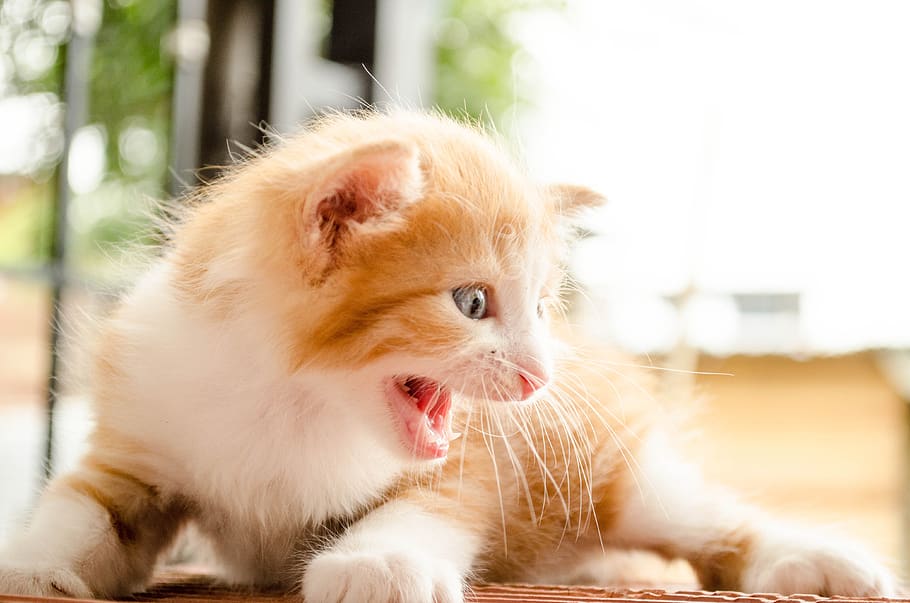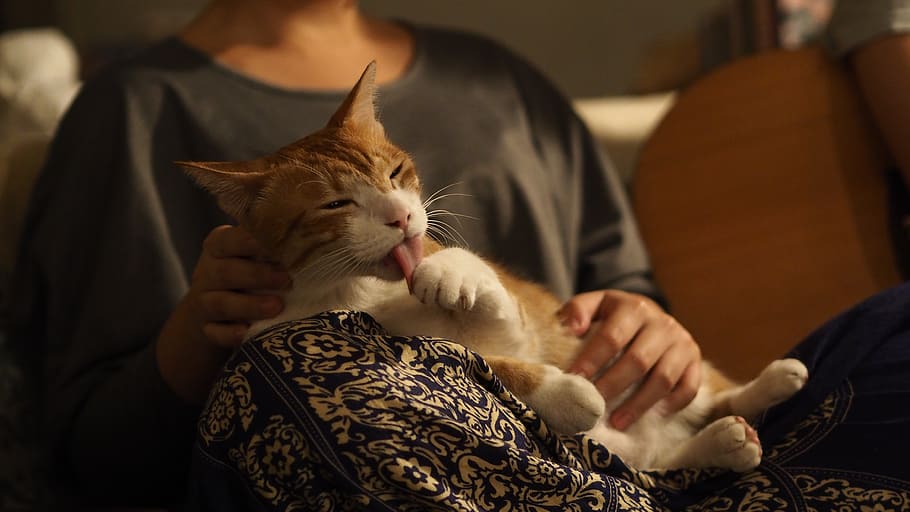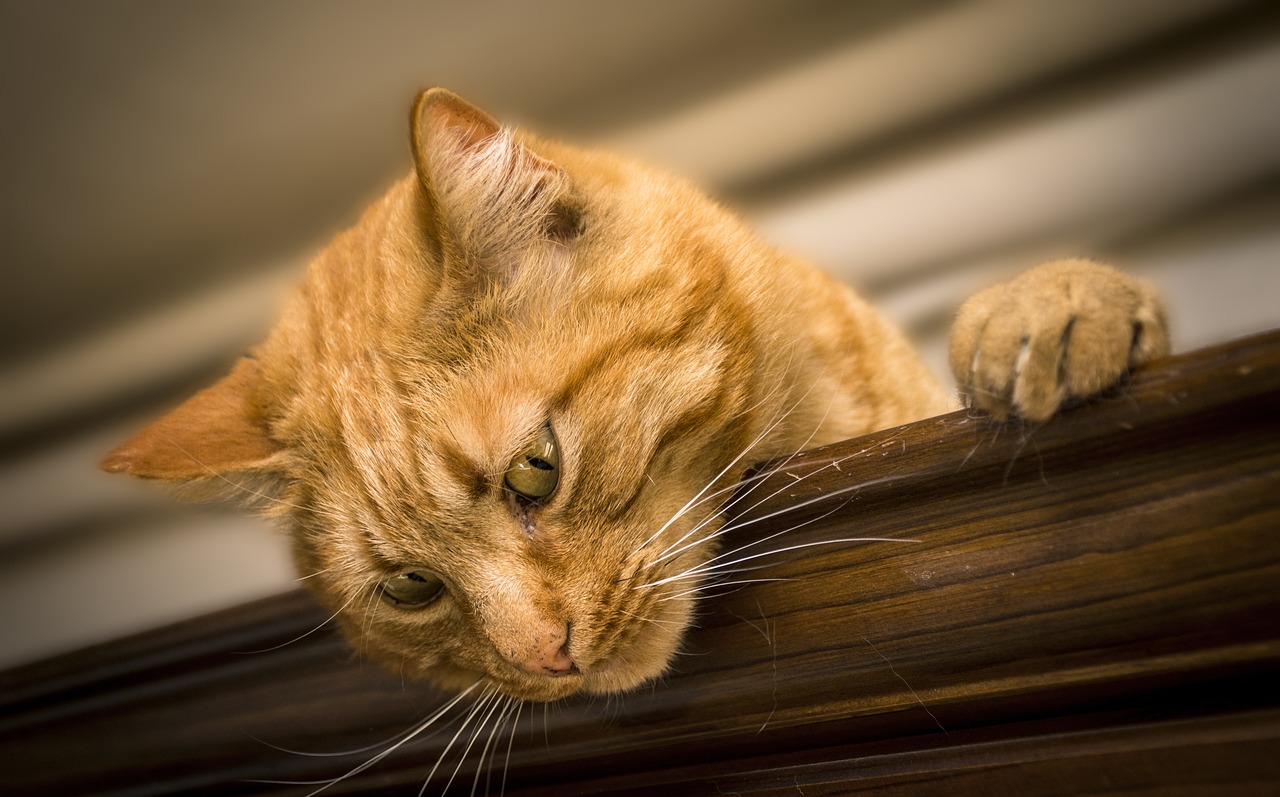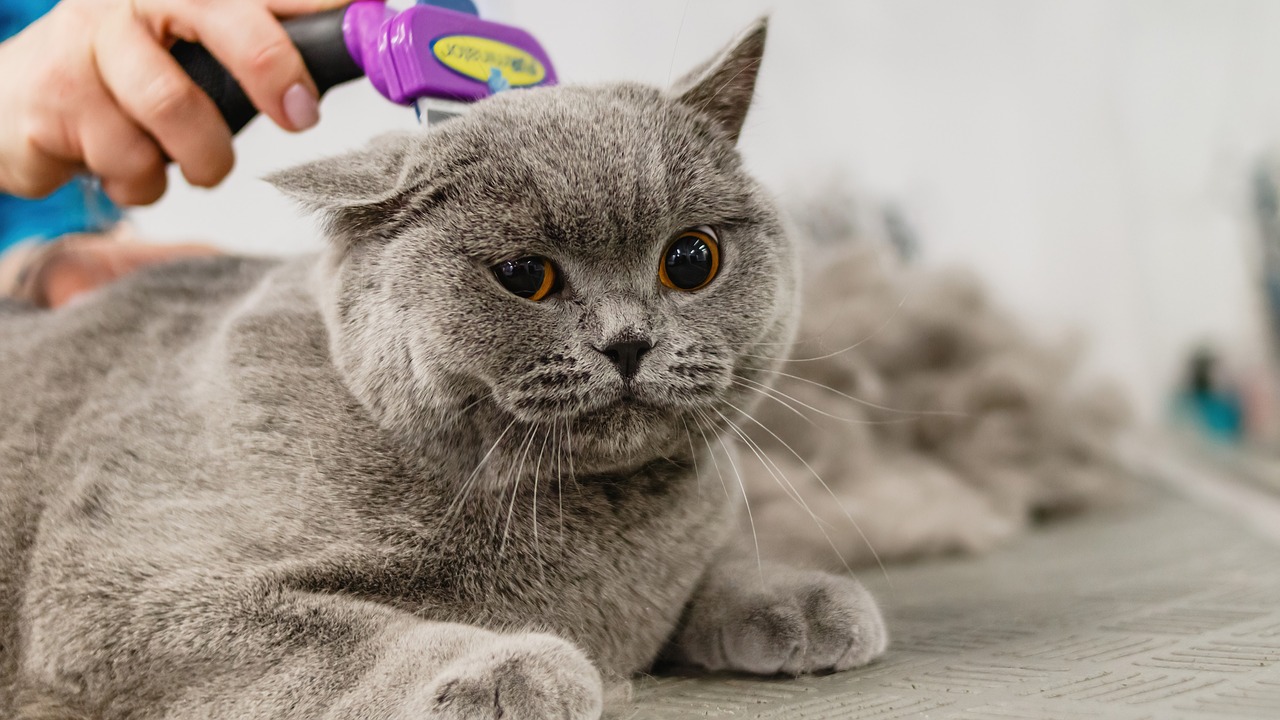
Feline Behavior Problems: Aggression
Having an aggressive cat can be a real problem in the home. More than a destructive or messy cat, a feisty cat can make your life difficult and even dangerous. The best way to deal with cat aggression is to consult a veterinarian and a cat behaviorist.
Recognizing aggression in cats

If your cat “attacks” you every time you walk by, it’s not necessarily a sign of aggression:
If he doesn’t put out his claws, it’s because he wants to play with you, and that’s his way of asking you for help.
If he does, it may be because you’re wearing something with bangs or cords that attracts him and awakens his hunting instinct.
But if your cat is snarling at you, other family members, and visitors and is looking to scratch or bite, she has a real aggression problem. This aggression can have several origins:
- a socialization problem;
- an issue of hierarchy;
- a physiological problem.
The first reflex is then to consult a veterinarian.
A socialization problem

The socialization problem that can lead to aggressive behavior is due to several situations:
A kitten that has lived the whole first part of its life completely away from the human world, in a litter raised in the wild, for example, will not know how to behave well with its owners.
A lack of education of the mother can also be a cause. Indeed, an orphaned kitten or a kitten taken too young from its mother has not been educated by her.
When the kittens play with their mother, she reprimands them with a little paw or teeth if they don’t retract their claws or if they bite.
She teaches them the line between play and aggression. And kittens, once they become adults, are very good at controlling their claws and bites.
A kitten who hasn’t learned all this as a youngster will likely grow up to be an adult with poor control over his or her behavior with the owner. This is why selling a kitten before it is two months old and weaned is forbidden.
Aggressive cats: a question of hierarchy

A cat that is too spoiled, to whom his master would not have given a few prohibitions and who would have encouraged fighting parties, can also be aggressive. One will then find the following characteristic attitudes which prove a will on his part to say that he is the boss:
- a cat that shows aggression during grooming sessions or games;
- a cat that tries to bite or scratch as soon as its owner takes it out of its arms;
- a cat that stands in the middle of its owner’s path and fires (growls) when you try to push it away or step over it.
A possible cause of aggression: disease
It’s less well known, but a cat in pain can be aggressive:
If your cat fires at you or suddenly tries to scratch you for no reason, take her to the veterinarian for a thorough examination.
Some severe diseases can develop without outward signs, leading to aggressive behavior.
How to treat an aggressive cat?
In some uncommon situations, a cat can violently attack his master. In this case:
The first thing to do is to isolate the cat in a room so that it calms down.
Then, it is essential to take it to the veterinarian so that the latter can proceed to examinations to determine if a disease is not at the origin of the aggressiveness.
Finally, the veterinarian can either propose a treatment associated with behavioral therapy or refer you to a feline behaviorist. Don’t worry; the aggressive behavior can be controlled or eliminated in most cases.





